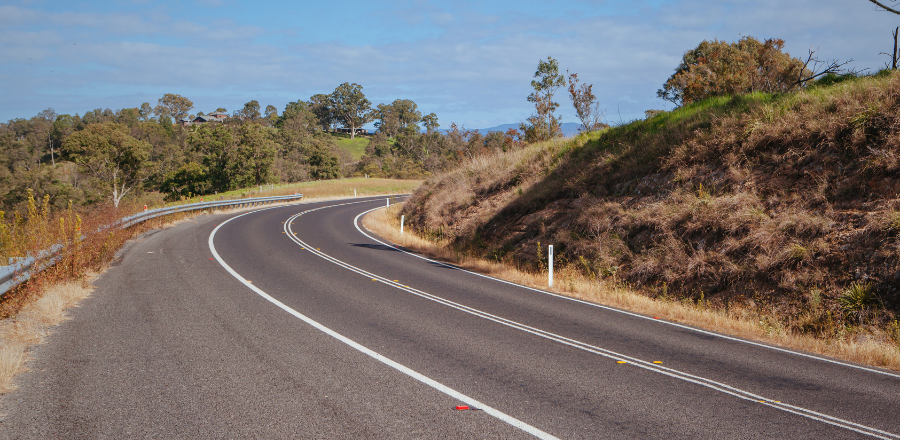New data confirms Australia’s investment in research and development is going backwards, falling from 1.8 per cent of gross domestic product in 2019-20 to 1.68 per cent in 2021-22.
“Declining investment in research and development is a major issue, seriously jeopardising our ability to advance as a nation,” Universities Australia Chief Executive Catriona Jackson said.
“We need R&D to boost our flagging productivity and drive economic growth, and we need it to navigate every challenge and every opportunity before us – from defence and energy needs to adding much-needed complexity to our economy through new industries.
“If we could lift investment in higher education research and development by just one per cent, we could raise productivity and increase the size of Australia’s economy by $24 billion over 10 years.
“Alarmingly, falling investment in R&D is nothing new.
“Australia’s spend has been in free fall relative to the economy for more than a decade, dropping from the OECD average of 2.24 per cent of GDP in 2008 to now sit at 1.68 per cent.
“A key driver of this is falling government spending on R&D, which has slumped to its lowest ever share of GDP at 0.49 per cent in 2022-23.
“Australia is a strong performing research nation, responsible for extraordinary innovations that underpin our high standard of living, both socially and economically.
“In fast-changing strategic and economic environments, we need to continue driving advancements that benefit all Australians. This is what research does, but we can’t continue doing more with less.
“The Labor Party’s long-held commitment to boost expenditure on R&D to three per cent of GDP is a worthy and essential ambition that government, industry and unis must work together to meet.”
In our response to the Universities Accord Panel Discussion Paper, Universities Australia made various recommendations to better support Australia’s R&D activities, including:
- Increasing Australia’s level of research and development investment to be at least equal to the OECD average by 2030
- Working towards funding the full cost of research by 2030, and
- Implementing a target for indirect cost of research at 50 cents to the dollar by 2025.








